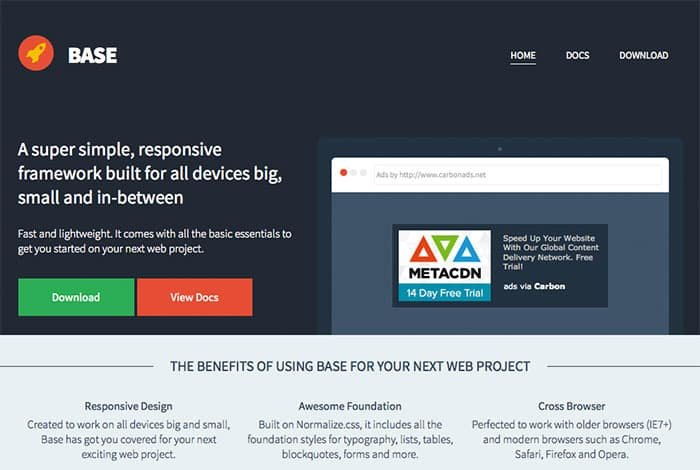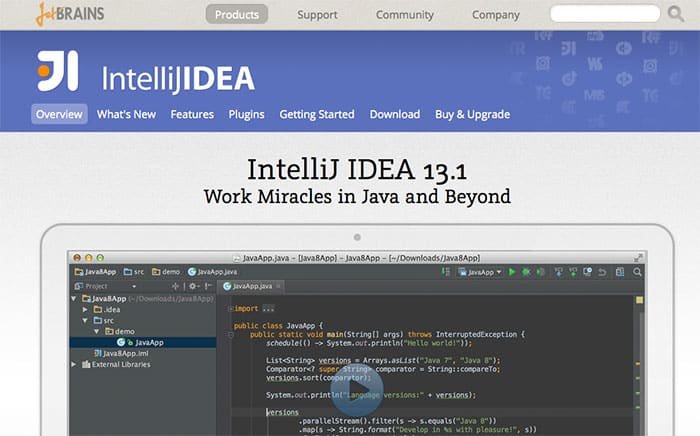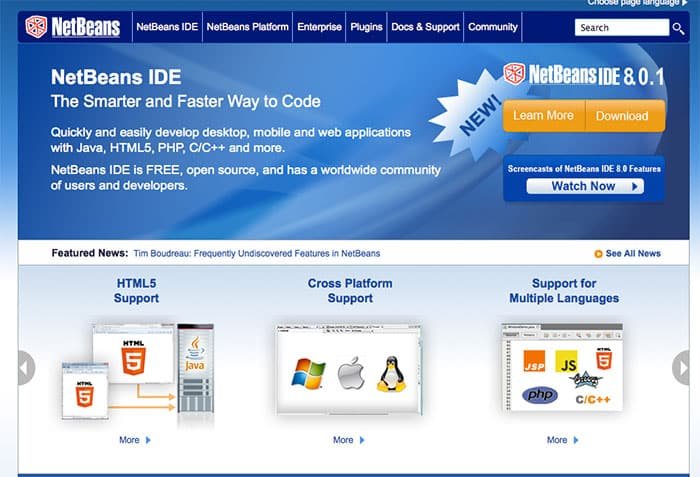LESS Tools
LESS is an open source stylesheet language that has been influenced by Sass. Several add-ons have been developed around the CSS preprocessor to make the task easier for coders. The most popular LESS tools / add-ons are described as following.
1. IntelliJ IDEA
This add-on monitors directors for any alterations to LESS files and then compiles the altered files to CSS. The compiled file gets copied to the same relative path within the output directory(s).
This tool also prevents particular LESS files from getting compiled by providing patterns for matching folder name, filename or other factors. The add-on lets you to move, copy or delete LESS files, and also allows you to perform the operation on corresponding CSS file.
Another important feature of this tool is the virtual file system notification. It will notify whenever there is any modifications, copying or deletion of CSS files. Usually, the updated CSS files will get instantly displayed in the Project tree.
2. NetBeans
NetBeans is open source and free and has a large global community. It is mostly developed in Java and can run on almost all the leading platforms. The NetBeans community is always contributing to its development and updates. The feedback of the community plays an important role the overall development process.
3. Base
URL: http://matthewhartman.github.io/base/
This is a simple responsive module developed to work on different types of devices. It works keeping in mind the screen readers and features no-js fallbacks. Base has been developed on LESS, and it has many basic styles for tables, forms, headings, blockquotes and much more. It will be best to use it on the latest versions of browsers.
4. Semantic Grid System
URL: http://semantic.gs/
This tool could either be fixed or fluid width. It was developed by Tyler Tate, the author of the 1KB CSS Grid. The Semantic Grid System allows users to select the column widths, gutter widths and the number of columns for making direct modifications in the style sheet. It is entirely responsive and semantic. The layout can adapt to the user device / screen by making use of media queries. The two main advantages of using this tool are the convenience that comes with the CSS grid and the differentiation of markup and presentation.
It avoids the presentation classes in the HTML markup, but uses LESS for controlling the layout within t stylesheet. It supports all the latest versions of browsers.
These are some of the commonly used tools for LESS.





